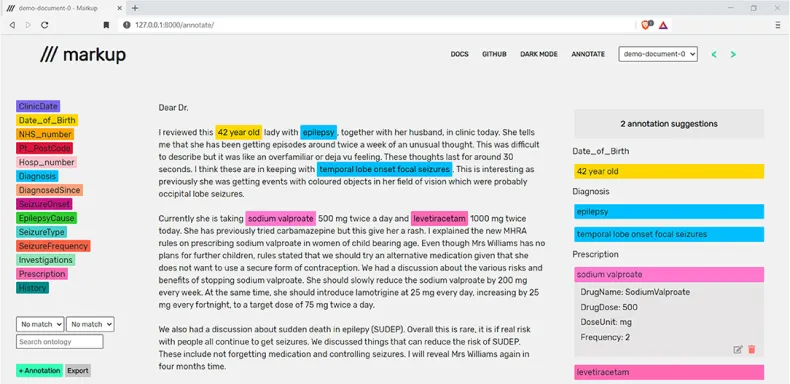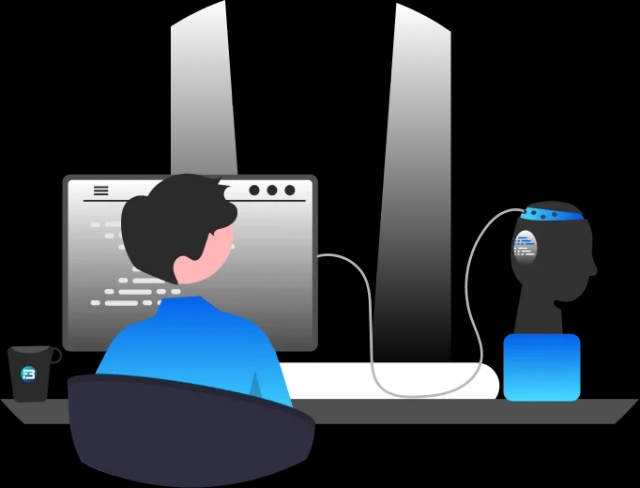Data Annoation
Data Annotator
How to Become a Successful Freelance Data Annotator
Tips to become a good data annotator. A data annotator is a person who is responsible for labeling or tagging data with relevant information.
Data Annoation
Data Annotator
Tips to become a good data annotator. A data annotator is a person who is responsible for labeling or tagging data with relevant information.

While there is a hype discussion on how Artificial intelligence will take the jobs, we have to realize that AI has already created many jobs for data scientists, AI trainers, data managers, data collectors, data annotators, post editors, etc. In the upcoming years, as the use of AI technologies increases, it will also increase the need for robust models and training data, which will ultimately increase the number of jobs for us in the AI domain.
COVID has drastically changed the way we work, and many people started working from home at their convenience, which provides them with an extra safety layer in uncertain times. Many people are working full-time or part-time from their homes as permanent or freelance employees.
In contrast to working as an employee for one employer, freelance work involves individuals providing services to clients on a project-by-project basis. Self-employed freelancers frequently conduct their business from a home office or another remote location. They are in charge of doing everything on their own, including client acquisition, rate negotiations, and schedule management.
An increase in the demand for preparing high-quality training data for AI models has created a lot of opportunities for freelancers to become data annotators and data contributors. In this blog, we will discuss what data annotation is, the role of a data annotator, and tips to become a successful freelance data annotator.
So let's get started.
The process of labeling and adding metadata to data in various formats, such as text, images, or video, so that machines can understand it is known as data annotation. Data annotation is a crucial step in the AI-model development process, as it helps to ensure that the data being used to train and test algorithms is accurate and relevant. It can also help to improve the performance of AI models by providing them with more context and information about the data they are processing.
 It is especially useful for AI models trained with the help of supervised machine learning, where the system relies on labeled datasets to process, understand, and learn from input patterns to arrive at desired outputs.
It is especially useful for AI models trained with the help of supervised machine learning, where the system relies on labeled datasets to process, understand, and learn from input patterns to arrive at desired outputs.
Various types of data annotation techniques can be used, depending on the specific needs of an AI model.
 [Image Source - Annotation Tool Powered by Active Learning]
[Image Source - Annotation Tool Powered by Active Learning]
A data annotator is a person who is responsible for labeling or tagging data with relevant information, typically in order to prepare high-quality training data for machine learning-based AI models.
As a data annotator you may have to perform data annotation tasks:
The above-mentioned tasks are very crucial, and as a data annotator, it’s your responsibility to ensure that the data is accurately and consistently labeled so that it can be effectively used to train machine learning models.
As a data annotator, you must be aware of what quality data means. You must have a clear understanding of what an ideal dataset looks like.
Becoming a successful freelance data annotator requires a combination of technical skills, attention to detail, and good project management. Here are some tips to help you get started:
For the data annotator job you don’t need to be an expert in computers but you should have knowledge of how to work on different platforms.
 You should work on
You should work on
For developing your technical skills and becoming a data annotator, you can join the communities of many companies and get training from them. FutureBeeAI is one of the great companies that onboard data annotators and trains them for various use cases.
 As a data annotator, you will need to pay close attention to the data and annotate it accurately. A keen eye for detail is essential in this role. As a data annotator, you have to:
As a data annotator, you will need to pay close attention to the data and annotate it accurately. A keen eye for detail is essential in this role. As a data annotator, you have to:
Attention to detail is essential in data annotation, as it involves working with large amounts of data and annotating it accurately.
Data annotation is usually done according to specific guidelines or instructions. You must be able to follow these guidelines precisely and accurately. This helps ensure that the data is annotated consistently and accurately, which is essential for the models trained on the annotated data.
 Here are some bullet points you should consider while working on the data annotation task at hand:
Here are some bullet points you should consider while working on the data annotation task at hand:
The guidelines may include instructions on the type of annotation required, the format of the annotation, and the criteria used for annotation. Understanding and following these guidelines is critical for delivering high-quality work.
Freelancers often have to juggle multiple projects and meet strict deadlines. Strong time management skills are essential to ensure that you can complete projects on time and deliver high-quality work.
 As you may know, preparing training data for AI models is a very time-consuming process, and any delay in preparing the data may lead to a loss of time, money, and value in the market.
As you may know, preparing training data for AI models is a very time-consuming process, and any delay in preparing the data may lead to a loss of time, money, and value in the market.
As a data annotator, you should have
By managing your deadlines, you can really boost your career as a freelance data annotator.
The field of data annotation is constantly evolving, and new tools and techniques are emerging all the time. To be a successful freelance data annotator, it's essential to keep up with these developments, learn new skills, and continuously improve your work to stay competitive in the industry.
 As a lead data annotator, you should work on
As a lead data annotator, you should work on
Freelance data annotators can improve their skills by joining training sessions offered by data annotation service providers or seeking out feedback from clients or peers.
FutureBeeAI is a leading training data service provider, working with many great AI model-developing companies, and preparing high-quality training data involves data collection and data annotation. FutureBeeAI has many ongoing data annotation projects, and we are always looking for great talent to be part of our organization.
If you want to become a data annotator with us.
FutureBeeAI has a community of more than 10K contributors and annotators, and it keeps growing as we need a lot more people to support world-class, robust AI development.
If you are interested in joining our community, check out our “join community” section and fill out the form. As soon as you join our community, we will take you on board for our ongoing and upcoming projects.
 Access to Different Job Opportunities
Access to Different Job OpportunitiesJoining FutureBeeAI can give you a lot of opportunities to work on different AI projects. You will get a chance to collect data for specific speech data, image data, and text data collection projects. After collecting the data, there is always a need for data annotation, which can give you many opportunities to learn new data annotation techniques and lead to a good career.
FutureBeeAI has developed a great team to support all queries and provide training for community members. You always find someone helping you with your queries.
We follow a 2 weeks to 4 weeks policy, depending on the project, to release payment to our community members. Paying on time also means that we have a great team that can give quick feedback to improve your quality of work.
We are always keen to appreciate our valuable team members. After each project, we share feedback with our community members so that they can perform effectively, and all good contributors will get a certificate of appreciation.
FutureBeeAI is committed to advancing the field of AI and machine learning, and as a community member, you'll have the opportunity to contribute to this mission. You can share your knowledge, expertise, and experience with others, helping to drive innovation and progress in the field.
Acquiring high-quality AI datasets has never been easier!!!
Get in touch with our AI data expert now!
